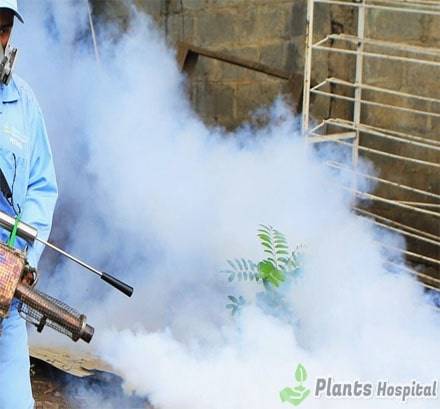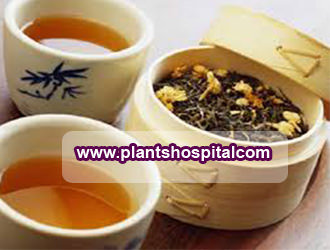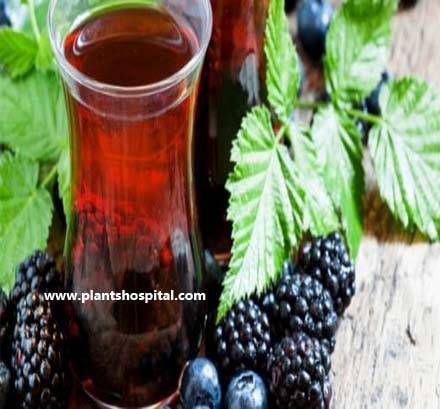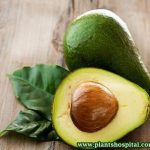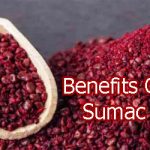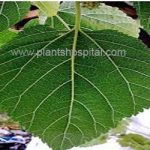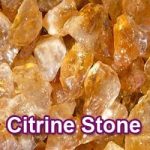Table of Contents
Fumigation Success is a Proven Process Of Spraying
Fumigation refers to a concept related to insect spraying in homes. All harmful factors in an environment (insects, nematodes, fungi, bacteria, such as) a certain amount of heat and gas chemical using the elimination process is called fumigant.
We have told you what you need to know about the materials you have and the fumigation system you have made to protect your health.
What is Used in Fumigation?
During fumigation, are used gas substances and called fumigant. Fumigants consist of chemicals in solid, liquid and gas forms.
Gas is the application of fumigants that are sent to a closed environment with temperature and humidity determined and kept for a certain period of time in the environment.
Properties Of Fumigants
Fumigants applied in the process of fumigants must have some features in terms of health and safety. Fumigants that violate these characteristics should not be used during the process. They need to become easy gas.
They must have a high penetration capability. They should not harm food. They should not affect seeds and should not disturb germination. The environment should not remain after taking off. They should not be fired or exploded easily.
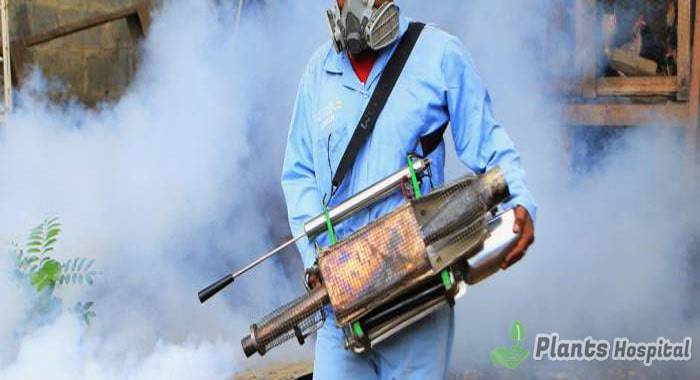
Things to Watch During Fumigant
Therefore, you definitely need to do this with a professional team. Therefore, you definitely need to do this with a professional team. It should be ensured that the process absolutely is free of air.
The fumigation process must be carried out by at least two specialists with an operator certificate. fumigants operators must also be available to terminate the process.
Types Of Fumigation
Tent fumigation, container fumigants, Ship warehouse fumigation, silo fumigation, mill fumigation, building fumigation, wooden pallets, and box fumigation historical works and museum fumigation
The air pressure of the place where the fumigant is given is done in two ways.
What is Vacuum Fumigation?
Fumigant is based on the fact that the air in the area where gas is applied is discharged at a certain rate and gas is placed into the environment.
It is very important that the area made for application in the form of application is manufactured to be resistant to pressure.
In vacuum fumigation applications fumigant spreads and is absorbed faster. In this way, less fumigant is used and the duration of the operation is shortened.
This application is very suitable for use in situations where time is limited. Is divided into two
- Fixed vacuum application.
- Mobile vacuum application.
What is Atmospheric Fumigation?
Under normal pressure, this process is divided into six in itself according to the field and Product Characteristics.
- Fumigant Of Tent.
- Building Fumigant.
- Container Fumigant.
- Silo Fumigant.
- Ship Fumigant.
- Soil Fumigant.
Editor’s Pick:
Where can be Done Fumigation?
1. What is Fumigation in Factories
This process, which has become needed in many food and industrial plants, is very useful in terms of control of pests which cannot be prevented by classical fighting methods.
2. What İs Fumigation On Ships
Ships can be constructed in accordance with this procedure, as well as those that are not suitable for this procedure. On suitable ships, warehouses and living areas are separated.
Ventilation systems are required. In unsuitable ships, living areas and warehouses must be disconnected. The gaskets of hatches should be checked and secured. Warehouse chimneys should be closed.
3. What is Fumigation in Museums
Historical and antique items are particularly faced with attacks and invasions of insects. Some insect species can cause permanent damage to these valuable items. These small insect species are especially difficult to control with standard spraying applications.
Classical methods of spraying can also damage these valuable items. Therefore, is the only option in museums.
4. What is Fumigation in Empty and Full Warehouses
Cereals, legumes and especially valuable products in the storage of dry foods, harmful insects that are intertwined with the product are ineffective in other methods of spraying. This method directly applied to the product turns the disadvantages into advantages.
5. What is Fumigants in Containers
In containers, agricultural and all other products may be subjected to this procedure, provided necessary precautions are taken. Care should be taken to insulate the container cover gaskets and other openings.
What are the Advantages of Fumigants?
The advantages of fumigants are direct application to product. It can be applied directly to products of plant and animal origin.
By eliminating products from harmful factors by fumigants, destruction and is prevented loss of products.
- Directly applied to product,
- Since is in gas form, it has the ability to reach the most extreme points,
- It is effective on all biological periods of pests,
- It can be applied to a large number of products in a short time,
- Residual and odor ratio in foodstuffs is acceptable.

